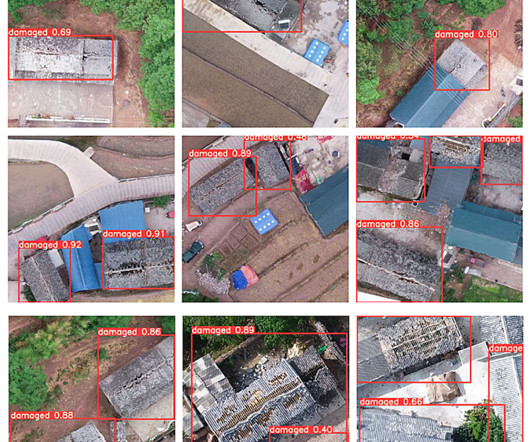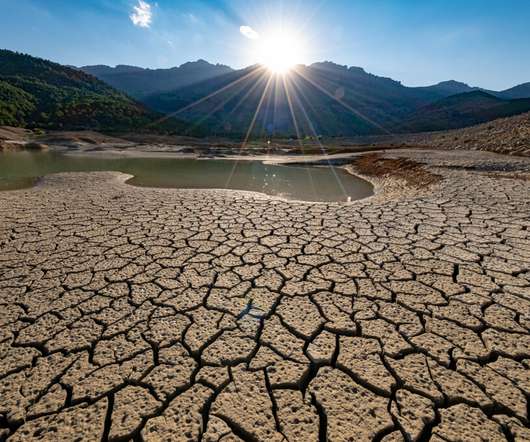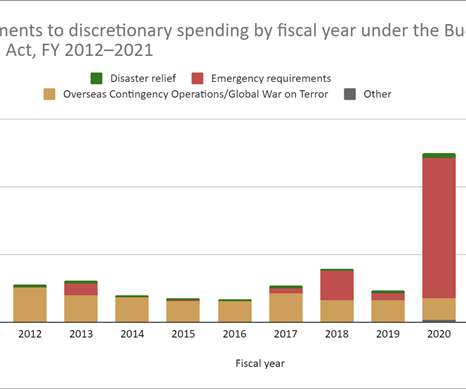Transforming Disaster Management: The Promise and Challenges of AI in Wildfire Damage Assessment
National Center for Disaster Prepardness
FEBRUARY 7, 2025
Recently, the exploration of artificial intelligence (AI) offers possibilities for enhancing the efficiency and speed of damage assessments, affording a shift toward more technologically integrated approaches in disaster management. Photo credit: Serge Lavoie/Pexels. Algorithm explanation adapted from Durve, Mihir et al.












Let's personalize your content